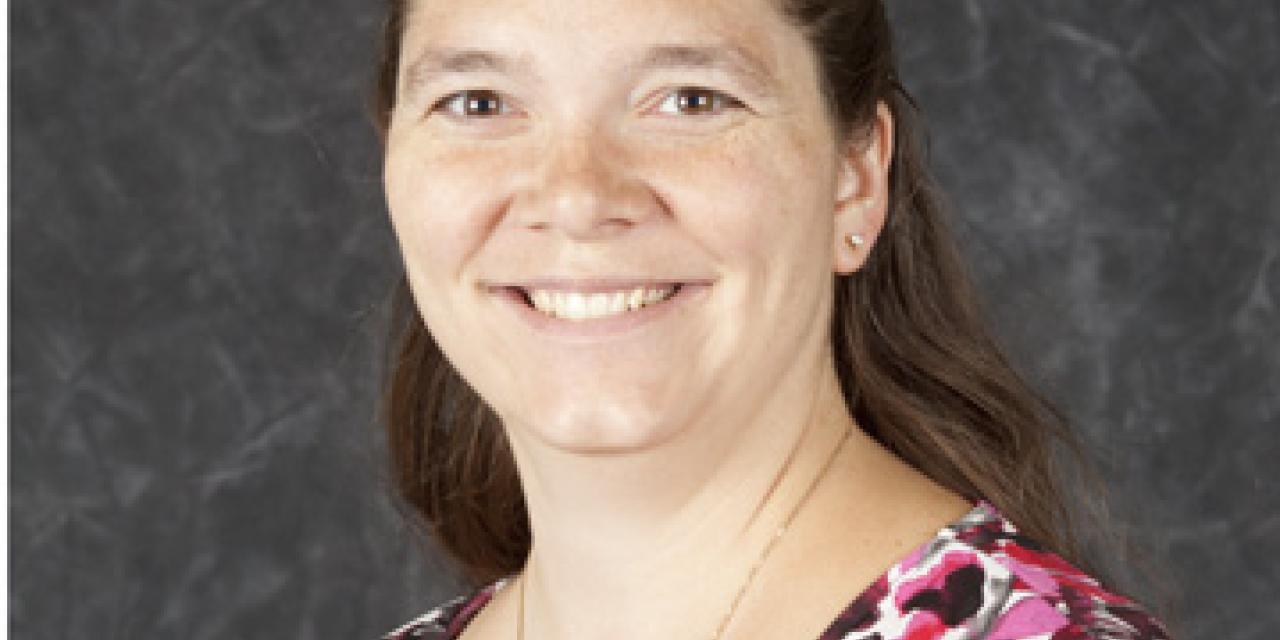Calvin Institute of Christian Worship publications manager Carrie Steenwyk co-edited Walking Where Jesus Walked: Worship in Fourth-Century Jerusalem. She presented at the 2011 North American Academy of Liturgy conference, an annual meeting for liturgical scholars who collaborate in research.
Who attends the North American Academy of Liturgy (NAAL) conference, and what did you present there?
The vast majority teach in colleges or seminaries. It could be teaching worship in history, worship in various forms of art, or sermon writing. There are also some doctoral students and pastors. The majority of the conference is spent in seminars. You apply to be in one and are in it for the whole meeting. I’m in historical research. NAAL provides a place to engage with peers and vet projects before publication. In my seminar, I gave a tour of Walking Where Jesus Walked. I also met with the medieval liturgy seminar for about 20 minutes. They were, I felt, shockingly excited about the book.
Why did they say they were excited?
Part of it was the subject matter, because it’s their expertise. They were really excited about how accessible the material was for students. If we could pick you up in a time machine and drop you down in the worshiping community in fourth century Jerusalem, what would you see? What would you hear? Walking Where Jesus Walked tells that story. It gives you a firsthand account from someone who was there then. It has pictures of the spaces they worshiped in, art, lectionaries, and parts of sermons they heard. We have a timeline, map, and other resources to locate you in this context and give you a picture of what’s going on in the church and world then.
Why does this book use a case study approach?
I’ve really gotten on board with this whole narrative approach. It transforms history and gives you a way to realize these were real people in real places….who are trying to seek God’s will for their lives and find ways to worship him. The first line of the first sermon in this volume reads, “Wherever Jesus appears there also is salvation.” That could work in evangelical audiences now.
Is this book just for college and seminary classrooms?
It’s broader than that. The book has suggestions for devotional use and discussion questions for small groups. When we’ve presented at Calvin Institute of Christian Worship events, people have said it would be a good resource for small groups or adult education at their churches. We’ve found people are really interested in getting a bigger idea of who they are in God’s historical family.
What do you hope readers will do with this knowledge in their own churches?
We hope it helps them ask meaningful questions about their own practice. Our firsthand account is a travel diary kept by a nun named Egeria. She often mentions hospitality and how old people, young people, children—everyone—is involved in worship, and they help each other. If someone wrote about what they saw happening in our church, would they comment on us being hospitable to everyone and every ability level?

